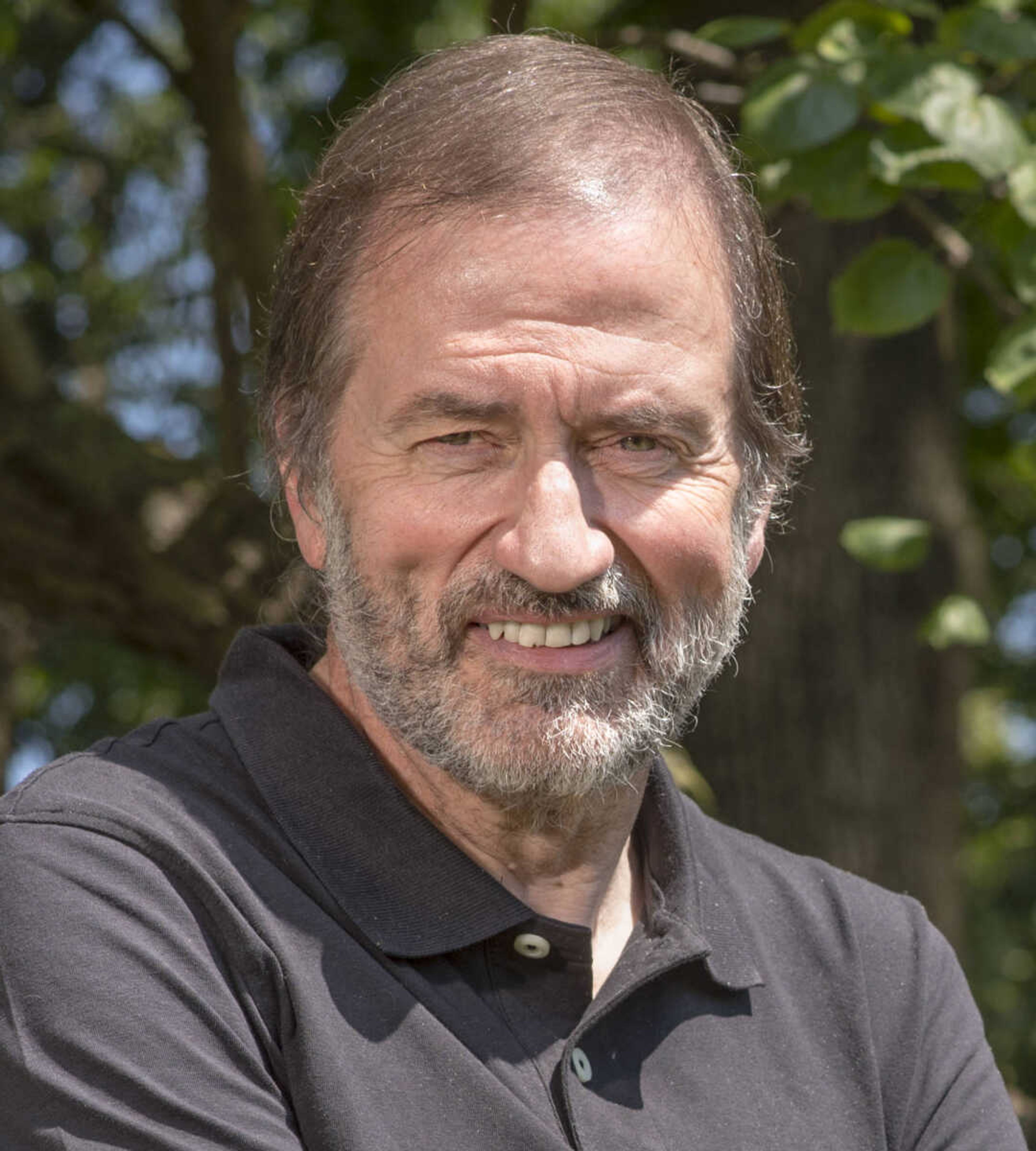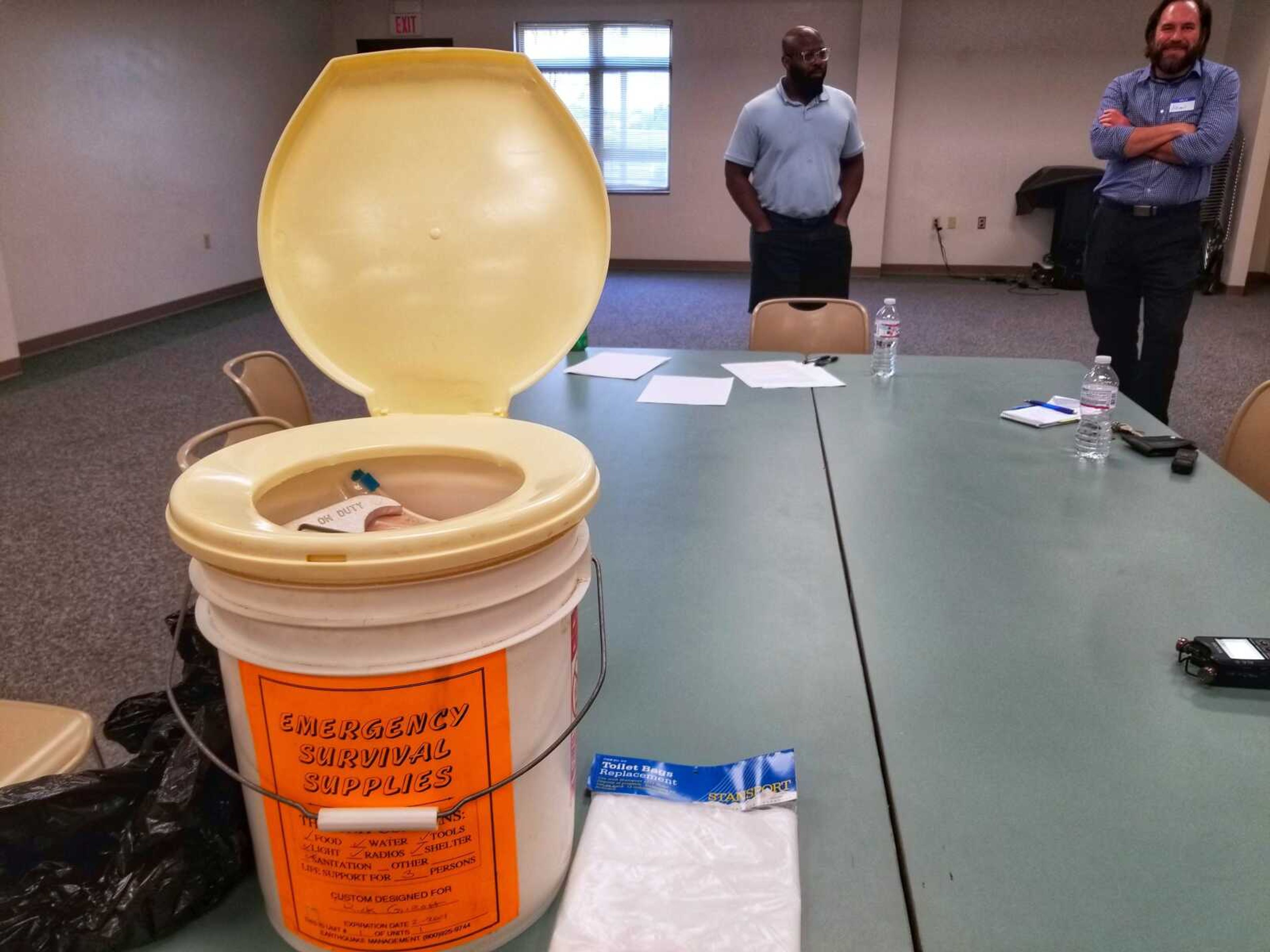Fewer Missourians with quake coverage in high-risk New Madrid zone
Missouri Department of Commerce and Insurance (DCI) reported this week a new historic low for the region known as New Madrid Seismic Zone (NMSZ). DCI officials said Monday insurance coverage in Missouri's highest risk location has fallen by nearly 50% since 2000, from 60.2% to 11.4%...
Missouri Department of Commerce and Insurance (DCI) reported this week a new historic low for the region known as New Madrid Seismic Zone (NMSZ).
DCI officials said Monday insurance coverage in Missouri's highest risk location has fallen by nearly 50% since 2000, from 60.2% to 11.4%.
NMSZ is reported to be the most active seismic area in the U.S. east of the Rocky Mountains and covers portions of five states: Southeast Missouri, Northeast Arkansas, West Tennessee, West Kentucky and Southern Illinois.
The 150-mile-long seismic zone includes an area southward from Cairo, Illinois, and through Haiti, Caruthersville, and New Madrid in Missouri.
At presstime, the most recently recorded earthquake in Southeast Missouri occurred during the last seven days -- a 1.3 magnitude event 3 miles south of Dexter, Missouri, in Stoddard County.
A quake below a 2.5 in magnitude, which occurs in the U.S. by the millions according to Michigan Tech University, usually cannot be felt but can be picked up by seismograph.
Premium shock
DCI said increased insurance costs and misinformation lie at the heart of the drop in NMSZ coverage.
Premiums for earthquake coverage have risen by 816% since the dawn of the 21st century, state officials said.
Adding to the problem, DCI said, is some consumers in the region believe they already have quake coverage, adding standard homeowners' policies don't cover earthquake damage.
"The southeastern quadrant of Missouri that includes the New Madrid Seismic Zone experiences around 200 small earthquakes each year," Chlora Lindley-Myers, DCI's director, said.
"Many of the most at-risk consumers living in that area don't seem to know their homeowners' or renters' insurance policies don't cover earthquake damage."
Coming up
DCI will host the first Central U.S. Earthquake Insurance Summit on May 23 through 25 in St. Louis.
Event organizers, in an attempt to find a solution to reverse the coverage drop, said they will bring together insurance industry representatives, regulators, government officials and emergency management professionals.
"Despite our efforts, the coverage rate for earthquakes in the most at-risk areas of Missouri has fallen to a record low and the gap between the insured and the uninsured continues to grow," Lindley-Myers said.
"To battle this problem, we're taking the additional step of bringing key people together to work on a solution."
Connect with the Southeast Missourian Newsroom:
For corrections to this story or other insights for the editor, click here. To submit a letter to the editor, click here. To learn about the Southeast Missourian’s AI Policy, click here.










